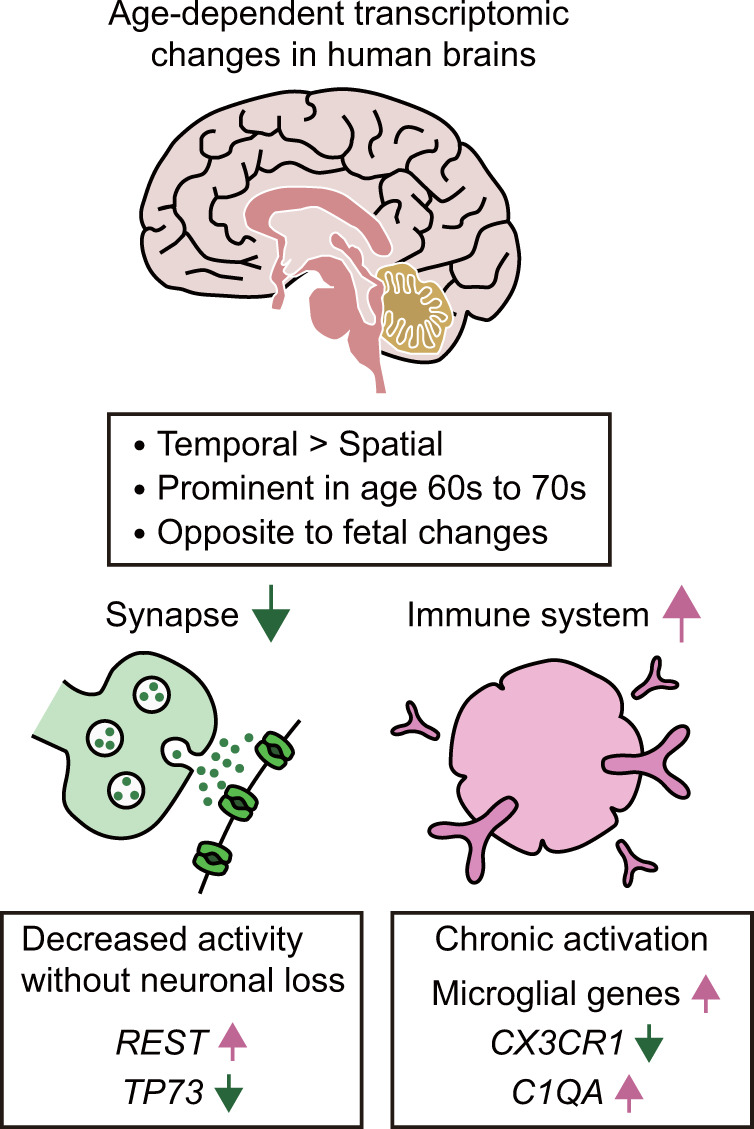Fig. 1. Global age-dependent transcriptomic changes in human brains.

Expression changes are mainly temporal by relative preservation of their spatial identity. Substantial expression changes are detected in the sixth and seventh decades of human life. The directions of gene expression changes during adult aging tend to be opposite those occurring during fetal development. Throughout multiple brain regions, age-dependent transcriptomic changes include decreased synaptic function and increased immunity. It is worth noting that synaptic aging occurs even prior to neuronal loss. Decreased synaptic function underlies increased expression of repressor element-1-silencing transcription factor (REST) and decreased expression of the tumor protein 73 (TP73) gene. Increased immune responses are accompanied by upregulation of microglial genes and complement component 1q A (C1QA) and downregulation of genes encoding immunosuppressive factors, including C-X3-C motif chemokine receptor 1 (CX3CR1).
